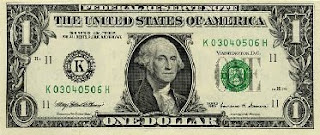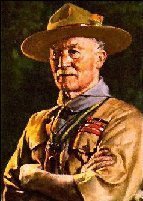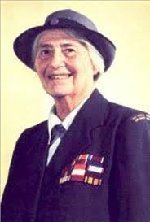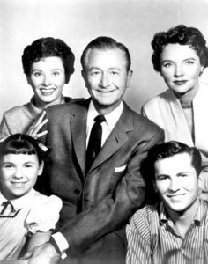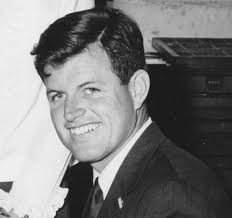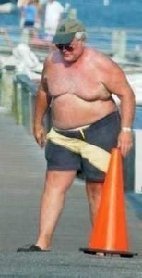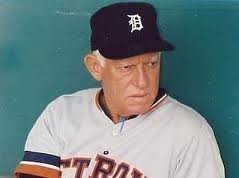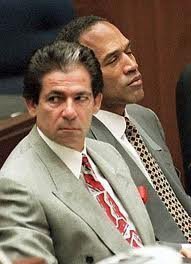A motel, also known as a motor hotel, motor inn or motor lodge, is a hotel designed for motorists, usually having each room entered directly from the parking area for motor vehicles rather than through a central lobby. Entering dictionaries after World War II, the word motel, coined as a portmanteau of "motor hotel", originates from the Milestone Mo-Tel of San Luis Obispo, California (now called the Motel Inn of San Luis Obispo), which was built in 1925. The term referred to a type of hotel consisting of a single building of connected rooms whose doors faced a parking lot and in some circumstances, a common area or a series of small cabins with common parking. Motels are often individually owned, though motel chains do exist.
As large highway systems began to be developed in the 1920s, long-distance road journeys became more common, and the need for inexpensive, easily accessible overnight accommodation sites close to the main routes led to the growth of the motel concept. Motels peaked in popularity in the 1960s with rising car travel, only to decline in response to competition from the newer chain hotels that became commonplace at highway interchanges as traffic was bypassed onto newly constructed freeways. Several historic motels are listed on the US National Register of Historic Places.
Architecture
Motels differ from hotels in their location along highways, as opposed to the urban cores favored by hotels, and their orientation to the outside (in contrast to hotels, whose doors typically face an interior hallway). Motels almost by definition include a parking lot, while older hotels were not usually built with automobile parking in mind.
Because of their low-rise construction, the number of rooms which would fit on any given amount of land was low compared to the high-rise urban hotels which had grown around train stations. This was not an issue in an era where the major highways became the main street in every town along the way and inexpensive land at the edge of town could be developed with motels, car dealerships, fuel stations, lumber yards, amusement parks, roadside diners, drive-in restaurants, theaters, and countless other small roadside businesses. The automobile brought mobility and the motel could appear anywhere on the vast network of two-lane highways.
Room types
In some motels, a handful of rooms would be larger and contain kitchenettes or apartment-like amenities; these rooms were marketed at a higher price as "efficiencies" as their occupants could prepare food themselves instead of incurring the cost of eating all meals in restaurants. Rooms with connecting doors (so that two standard rooms could be combined into one larger room) also commonly appeared in both hotels and motels. A few motels (particularly in Niagara Falls, Ontario, where a motel strip extending from Lundy's Lane to the falls has long been marketed to newlyweds) would offer "honeymoon suites" with extra amenities such as whirlpool baths.
History
The first campgrounds for automobile tourists were constructed in the late 1910s. Before that, tourists who couldn't afford to stay in a hotel either slept in their cars or pitched their tents in fields alongside the road. These were called auto camps. The modern campgrounds of the 1920s and 1930s provided running water, picnic grounds, and restroom facilities.
Early motels
The term "motel" originated with the Motel Inn of San Luis Obispo, originally called the Milestone Mo-Tel, which was constructed in 1925 by Arthur Heineman. In conceiving of a name for his hotel, Heineman abbreviated motor hotel to mo-tel after he could not fit the words "Milestone Motor Hotel" on his rooftop. Many other businesses followed in its footsteps and started building their own auto camps.
If you want to read a lot more, go here: https://en.wikipedia.org/wiki/Motel
- SERVES
- 4
- COOK TIME
- 1 Hr 50 Min
Beef and Guinness Stew is a classic Irish dish that gets its flavorful kick from traditional Irish beer. The rich sauce and tender beef combines with chunks of garden veggies to make for a hearty one-pot meal.
- 3 slices raw bacon, chopped
- 1 tablespoon vegetable oil
- 2 pounds beef stew meat
- 1 1/2 cup (12 ounces) Guinness beer
- 3 cups beef stock
- 2 cloves garlic, minced
- 1/2 teaspoon salt
- 1/2 teaspoon black pepper
- 12 ounces baby carrots
- 4 celery stalks, sliced into 1/2-inch chunks
- 1 yellow onion, peeled and cut into half-moons
- 1 to 2 tablespoons all-purpose flour
- 1/3 cup water
- In a heavy soup pot or Dutch oven over high heat, cook bacon until crisp. Stir in oil and meat, and continue cooking 8 to 10 minutes, or until meat is browned.
- Stir in beer, beef stock, garlic, salt, and pepper; reduce heat to low and simmer, covered, 30 minutes.
- Add carrots, celery, and onion; stir well, and cook 1 hour, or until meat is tender.
- Mix flour with water then stir into stew. Cook 1 to 2 minutes, or until sauce is thickened.

1934 – Sparky Anderson, American baseball manager (d. 2010)
Margaritas can be served on the rocks (shaken with ice), frozen (blended with ice), or straight up (without ice).
Legends
- 1 ounce tequila
- Dash of Triple Sec
- Juice of 1/2 lime or lemon




